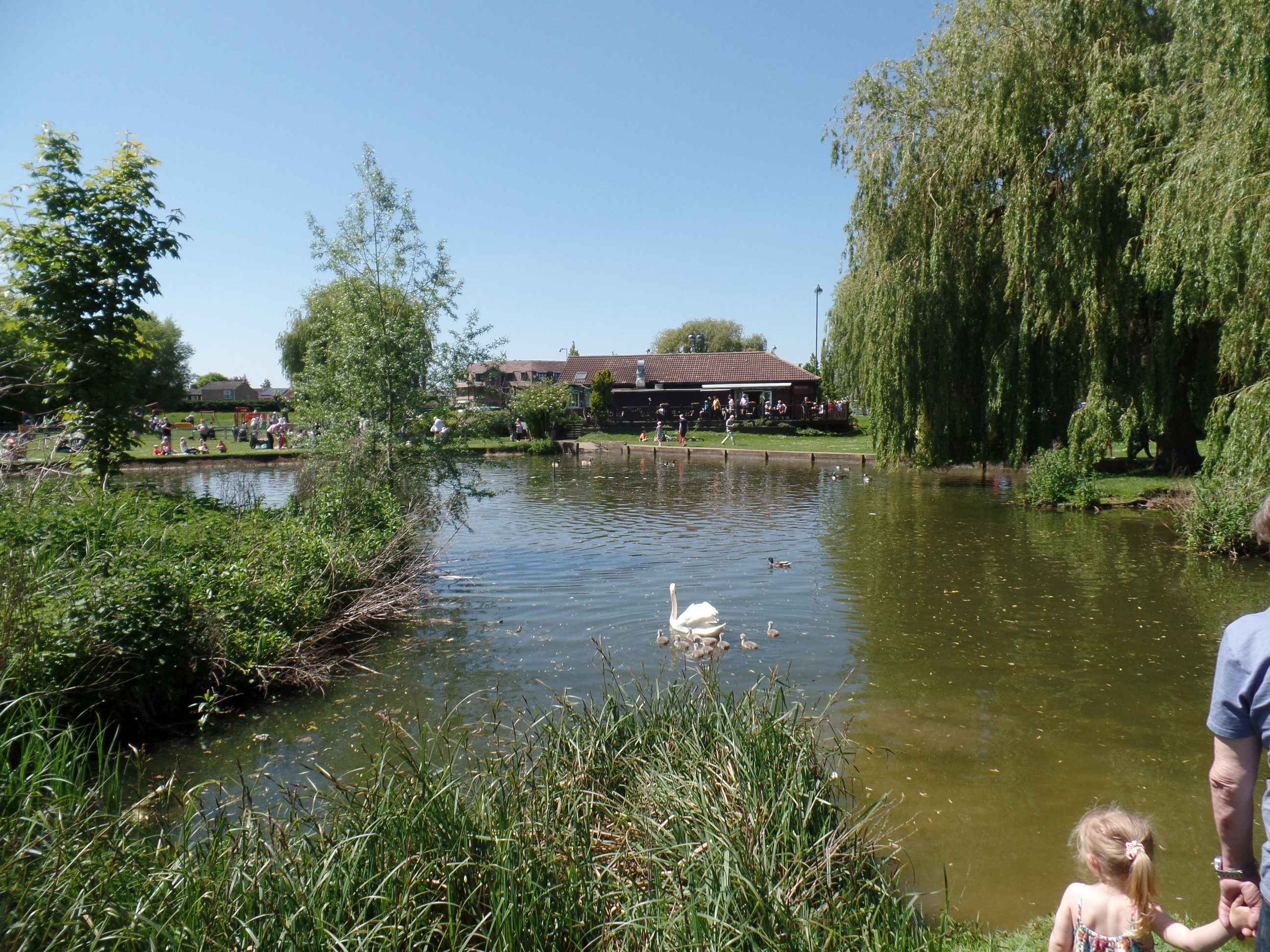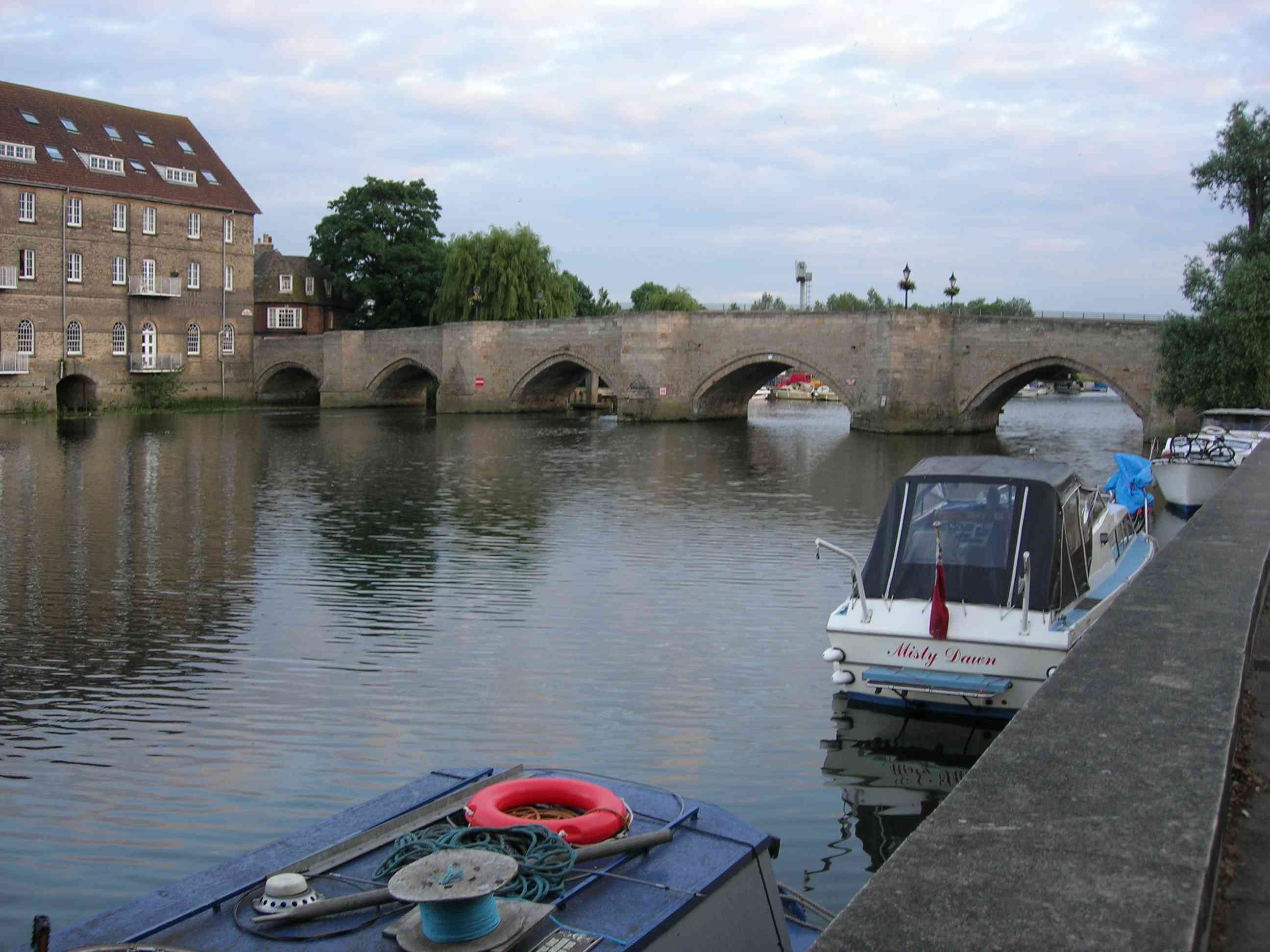|
St Neots Common
St Neots Common is a biological Site of Special Scientific Interest in St Neots in Cambridgeshire. This site on the east bank of the River Great Ouse The River Great Ouse () is a river in England, the longest of several British rivers called "Ouse". From Syresham in Northamptonshire, the Great Ouse flows through Buckinghamshire, Bedfordshire, Cambridgeshire and Norfolk to drain into the Wa ... has grassland, willow carr, ditches and ponds, which support diverse wildlife species. The grassland is traditionally maintained by grazing, and herbs in wetter areas include marsh orchids and marsh arrow grass. There is access to the site from the road called The Common. References {{SSSIs Cambridgeshire Sites of Special Scientific Interest in Cambridgeshire ... [...More Info...] [...Related Items...] OR: [Wikipedia] [Google] [Baidu] |
Site Of Special Scientific Interest
A Site of Special Scientific Interest (SSSI) in Great Britain or an Area of Special Scientific Interest (ASSI) in the Isle of Man and Northern Ireland is a conservation designation denoting a protected area in the United Kingdom and Isle of Man. SSSI/ASSIs are the basic building block of site-based nature conservation legislation and most other legal nature/geological conservation designations in the United Kingdom are based upon them, including national nature reserves, Ramsar sites, Special Protection Areas, and Special Areas of Conservation. The acronym "SSSI" is often pronounced "triple-S I". Selection and conservation Sites notified for their biological interest are known as Biological SSSIs (or ASSIs), and those notified for geological or physiographic interest are Geological SSSIs (or ASSIs). Sites may be divided into management units, with some areas including units that are noted for both biological and geological interest. Biological Biological SSSI/ASSIs may ... [...More Info...] [...Related Items...] OR: [Wikipedia] [Google] [Baidu] |
St Neots
St NeotsPronunciation of the town name: Most commonly, but variations that ''saint'' is said as in most English non-georeferencing speech, the ''t'' is by a small minority of the British pronounced and higher traces of in the final syllable of the town's name are common. is a town in the Huntingdonshire district of Cambridgeshire, England. It lies about north of London and about west of Cambridge. The districts of Eynesbury, Cambridgeshire, Eynesbury, Eaton Ford and Eaton Socon were formerly independent but nowadays are considered merged into St Neots. The town is close to the intersection of the A1 road (Great Britain), A1 road (north-south) the A421 / A428 roads which link Cambridge to Bedford and Milton Keynes on an east to west axis. St Neots has a railway station on the East Coast Main Line with typically half-hourly services to Peterborough, Stevenage and London. The River Great Ouse runs through the town. St Neots is estimated to have a population of 36,110 (foreca ... [...More Info...] [...Related Items...] OR: [Wikipedia] [Google] [Baidu] |
Cambridgeshire
Cambridgeshire (abbreviated Cambs.) is a Counties of England, county in the East of England, bordering Lincolnshire to the north, Norfolk to the north-east, Suffolk to the east, Essex and Hertfordshire to the south, and Bedfordshire and Northamptonshire to the west. The city of Cambridge is the county town. Following the Local Government Act 1972 restructuring, modern Cambridgeshire was formed in 1974 through the amalgamation of two administrative counties: Cambridgeshire and Isle of Ely, comprising the Historic counties of England, historic county of Cambridgeshire (including the Isle of Ely); and Huntingdon and Peterborough, comprising the historic county of Huntingdonshire and the Soke of Peterborough, historically part of Northamptonshire. Cambridgeshire contains most of the region known as Silicon Fen. The county is now divided between Cambridgeshire County Council and Peterborough City Council, which since 1998 has formed a separate Unitary authorities of England, unita ... [...More Info...] [...Related Items...] OR: [Wikipedia] [Google] [Baidu] |
River Great Ouse
The River Great Ouse () is a river in England, the longest of several British rivers called "Ouse". From Syresham in Northamptonshire, the Great Ouse flows through Buckinghamshire, Bedfordshire, Cambridgeshire and Norfolk to drain into the Wash and the North Sea near Kings Lynn. Authorities disagree both on the river's source and its length with one quoting and another . Mostly flowing north and east, it is the fifth longest river in the United Kingdom. The Great Ouse has been historically important for commercial navigation, and for draining the low-lying region through which it flows; its best-known tributary is the Cam, which runs through Cambridge. Its lower course passes through drained wetlands and fens and has been extensively modified, or channelised, to relieve flooding and provide a better route for barge traffic. The unmodified river would have changed course regularly after floods. The name ''Ouse'' is from the Celtic or pre-Celtic *''Udso-s'', and probably me ... [...More Info...] [...Related Items...] OR: [Wikipedia] [Google] [Baidu] |
Carr (landform)
A carr is a type of waterlogged wooded terrain that, typically, represents a succession stage between the original reedy marsh and the likely eventual formation of forest in a sub-maritime climate.Whittow, John (1984). ''Dictionary of Physical Geography''. London: Penguin, 1984. . Carrs are wetlands that are dominated by shrubs rather than trees. The carr is one stage in a hydrosere: the progression of vegetation beginning from a terrain submerged by fresh water along a river or lake margin. In sub-maritime regions, it begins with reed-marsh. As the reeds decay, the soil surface eventually rises above the water, creating fens that allow vegetation such as sedge to grow. As this progression continues, riparian trees and bushes appear and a carr landscape is created – in effect a wooded fen in a waterlogged terrain. At this stage, overall, unlike the overwhelming acidity of decaying reeds, the pH is not too acidic and the soil is not too deficient in minerals, making a habitat fo ... [...More Info...] [...Related Items...] OR: [Wikipedia] [Google] [Baidu] |
Dactylorhiza Praetermissa
''Dactylorhiza praetermissa'', the southern marsh orchid or leopard marsh orchid, is a commonly occurring species of European orchid. Description ''Dactylorhiza praetermissa'' grows to tall, with leaves generally unspotted. The flowers, appearing from May to July, are various shades of pink with variable markings. The basal lip of the flower is rounded. This species is able to form hybrids with other ''Dactylorhiza'' species, and crosses with ''Dactylorhiza fuchsii'' occur especially often. Distribution and habitat It is native to northern and central Europe (Britain, Denmark, Norway, Sweden, Germany, Netherlands, Belgium, France, Estonia and Latvia). It is also reportedly naturalized in Italy and in parts of Canada (Ontario and Newfoundland). This species is found close to water, in damp alkaline meadows, by ponds, lakes or reservoirs and in dune slacks. Ecology The flowers of this species are pollinated by insects including the cuckoo bee and skipper butterfly. ''Dactyl ... [...More Info...] [...Related Items...] OR: [Wikipedia] [Google] [Baidu] |
Triglochin Palustris
''Triglochin palustris'' or marsh arrowgrass is a species of flowering plant in the arrowgrass family Juncaginaceae. It is found in damp grassland usually on calcareous soils, fens and meadows. The species epithet ''palustris'' is Latin for "of the marsh" and indicates its common habitat.Archibald William Smith It has a circumboreal distribution, occurring throughout northern parts of the Northern Hemisphere. It can be found locally in the British Isles especially the north. Description It is a slender perennial herb 15 to 40 cm tall. It has no stolons, and emits a pleasant aromatic smell when bruised. The leaves are linear, 10 to 20 cm long, rounded on the lower side, deeply grooved on the other. It has many 3 petaled flowers arranged in a long spike, with purple edged perianth segments, 2 mm long. It flowers from June until August. The fruits are club shaped, 10 mm long and 2 mm wide. These plants can adapt to animals attacking it by closing ... [...More Info...] [...Related Items...] OR: [Wikipedia] [Google] [Baidu] |


